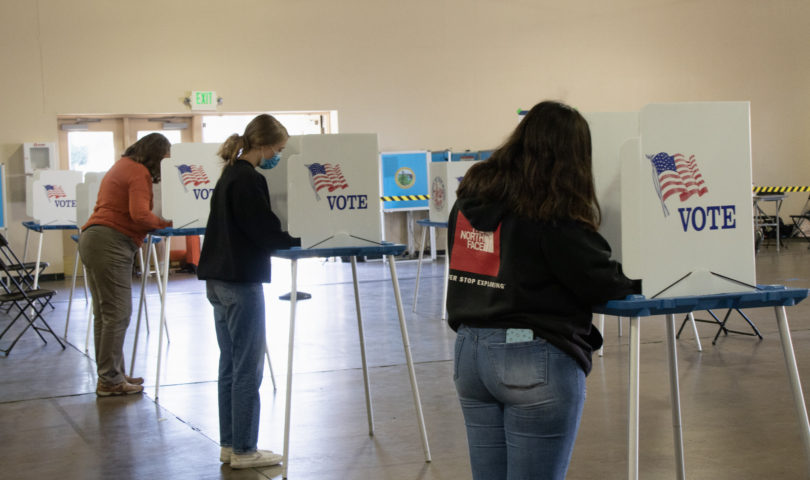Polling
By: Audrey Morganstern
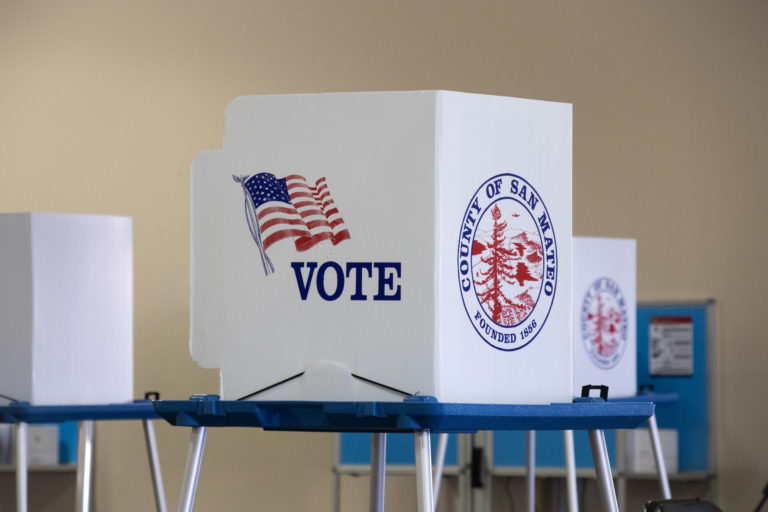
In the days leading up to the 2016 election, Hillary Clinton held a large point margin over Donald Trump in most major polls. However, Donald Trump won the electoral college and was elected President. The results of the 2016 election left many Americans with a newfound skepticism for political polling, but pollsters this time around are eager to let the public know that 2020’s polls are not the same as 2016’s.
The issue that pollsters have determined was at the root of the inaccuracy of 2016’s polls was the incorrect weighting of education levels among voters. White people with no college degree, one of Donald Trump’s steadiest demographics, were not given strong enough weighting in polls. Education level, one of the clearest indicators of voting behavior when it comes to President Trump, is now being given more attention as a considerable factor in voting patterns.
"I trust the polls... and maintain a cautious hope that votes will be received and counted."
- Eddy Rao, 11th
"I trust the polls [and while] the system isn't perfect, I trust the final results will reflect the true voters' beliefs." - Nicholas Seyfried, 11th
In 2016, 20% of single-state polls in battleground states such as Pennsylvania, Michigan and Wisconsin were weighing education level properly in their poll calculations. That percentage has more than doubled, and according to the New York Times, 46% of these polls are now weighing education level properly.
These single-state polls, which organizations such as FiveThirtyEight draw from to calculate statistics, odds and outcomes, are crucial towards creating an accurate picture of the electorate, and although there still remains a great deal of rightful skepticism towards polling data post-2016, there is certainly less of a chance that they are as woefully wrong in 2020 as they were in 2016.

Democracy and the Transfer of Power
By: Audrey Morganstern
"I'm just worried about how the country is going to look post-election." - Alexander Polonsky, 11th
Nearing the tail-end of this election cycle, President Trump has still refused to agree to a peaceful concession and transfer of power if he is to lose the election. This sentiment, while not new coming from the President, is particularly disheartening when it is viewed within the context of his recent actions and rhetoric.
Examples of this include Trump’s casual toss of a deserved third term into the air at a rally, a seemingly unconstitutional but still unsettling claim from a sitting first-term President. The continued claims of voter fraud associated with mail-in and absentee ballots, attempting to delegitimize a medium of voting that has been shown to be more heavily favored by left-leaning voters. It would be one thing if the President had thrown these claims around, given evidence to defend their legitimacy, and created a policy plan to combat it, but the Commander in Chief has merely thrown around unfounded claims of voter fraud, people voting multiple times and a plan by “they” to “rig” the election.
While to some these claims may seem tactless, to others they are terrifying. As a nation, Americans have grown so accustomed to not taking the President seriously. Trump is a rainstorm of falsehoods. False and baseless claims, tweets and rallying cries cascade from this President, but a while into his first term, about half of America started to carry an umbrella. Progressive lawmakers such as Senator Bernie Sanders have come forward and asked Americans to treat Trump’s claims of a third term and a refusal to concede the election with the gravity they call for. Many Americans are choosing to ignore the President’s claims, the empty promises that could topple American democracy, but others are taking head of the instructions from progressives, and taking this President seriously when he threatens American democracy.
“I don't think there will be an issue with transfer of power [but if there is] it could set a precedent that presidents don’t need to peacefully transfer it, which could cause problems.” -Eddy Rao, 11th
WEST WING COVID
By: Joseph Lev
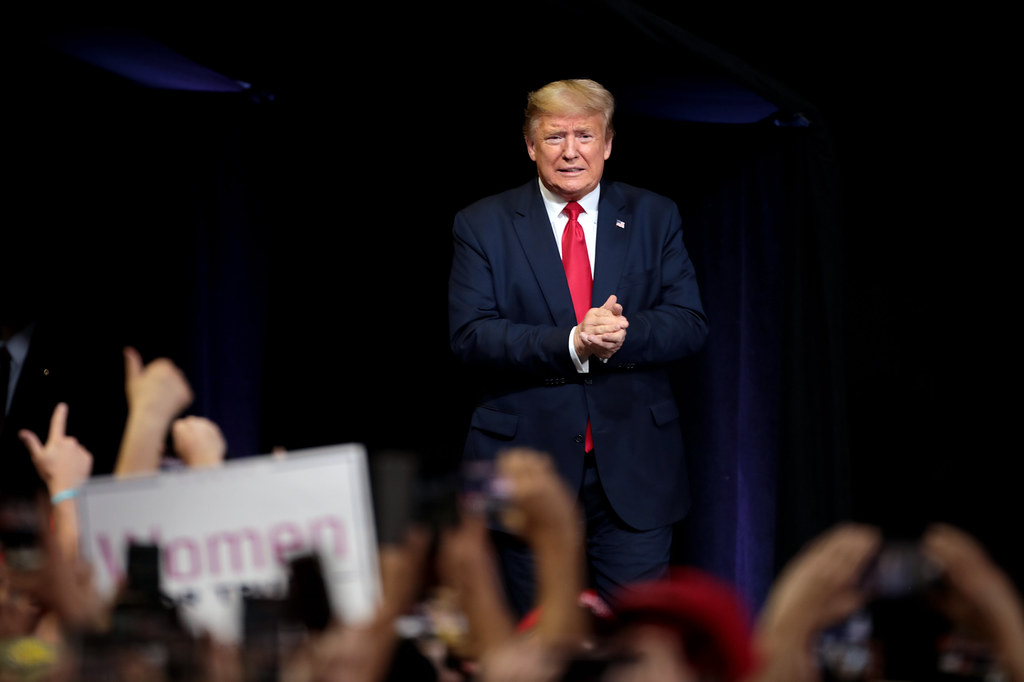
There was a moment during the first presidential debate when President Donald Trump bashed former Vice President Joe Biden on his mask-wearing habits. “I don’t wear masks like him”, President Trump noted, “every time you see him he’s got a mask.” This comment aged particularly poorly, as days after the debate news began circulating that White House Advisor Hope Hicks, tested positive for the novel Coronavirus. On October 2, from the official Presidential Twitter account, President Trump revealed that he and his wife, Melania Trump, had tested positive as well.
After President Trump announced his positive result, more names from his inner circle disclosed that they had contracted the virus as well. This list included Ivanka Trump, Jared Kushner, Baron Trump, White House Press Secretary Kayleigh McEnany, Senior Adviser Stephen Miller, three Assistant Press Secretaries, Kellyanne Conway and Chris Christie among others.
Some hypothesize that the origins of President Trump’s COVID-19 case came from a White House gathering for then-nominee Justice Amy Coney Barrett, in which mask-wearing was not enforced and guests of the event congregated inside the White House. Multiple guests and staff tested positive after the event.
President Trump’s recovery period lasted from the day he announced his positive test, October 2, to the day he got out of the hospital, October 5. His stay at Walter Reed National Military Medical Center lasted for three short nights and by October 8, President Trump claimed that he was no longer contagious.
What became discomforting for many about Trump’s recovery was the lack of transparency in his condition and treatment. People still do not know how extreme—or mild—Trump’s condition was with the virus, but they can make inferences deducing from the drugs he was given. Dexamethasone is a drug that prohibits immune systems from overcompensating to fight the virus and prevents permanent damage to organs. This drug, in particular, suggests that Trump may have had a very negative reaction to the virus. President Trump was also on Remdesivir and Monoclonal antibody therapy, which are both commonly administered in the early stages of contracting COVID-19.
Despite his clash with COVID-19, President Trump still broadcasts the message that the virus is mild and that the American economy should still continue to reopen. But the fact remains that this virus has killed over 227,000 Americans, and President Trump’s undermining of the virus is dangerous. While he had immediate access to world-class medical treatment, most Americans do not.
Lastly, President Trump’s exposure to COVID-19 accentuates this stark divide in American politics on how to deal with the Coronavirus. On November 3, both COVID-19 and how to eradicate it will be on the mind of many.
In a poll on the SMHSNow Instagram page, 92% voted for Biden, 8% voted for Trump.
Debates By: Rachel Sheynblat
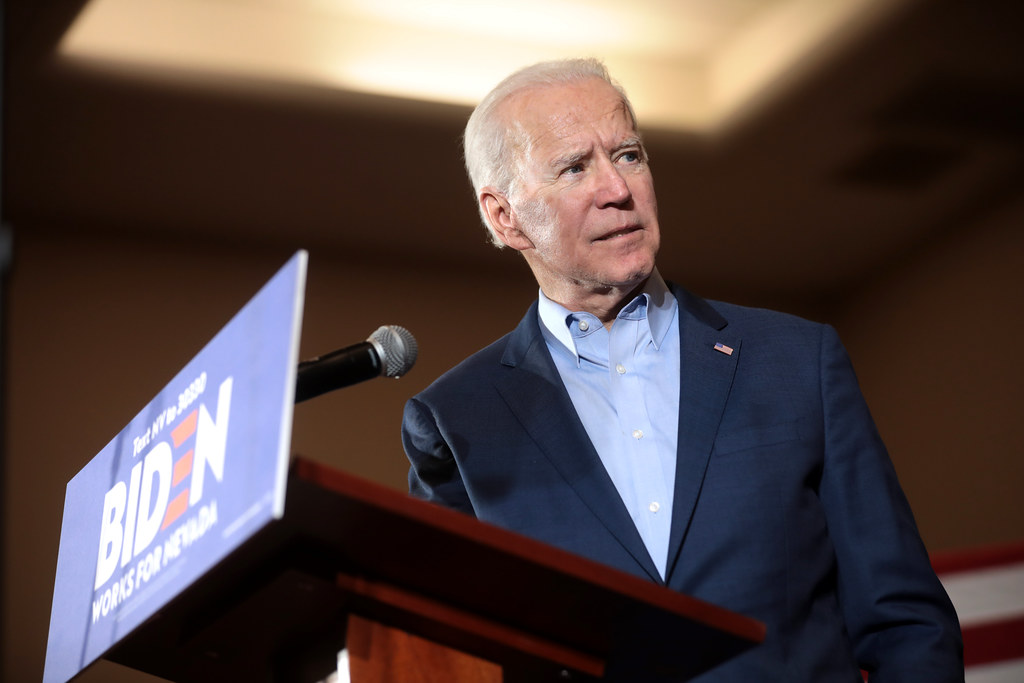
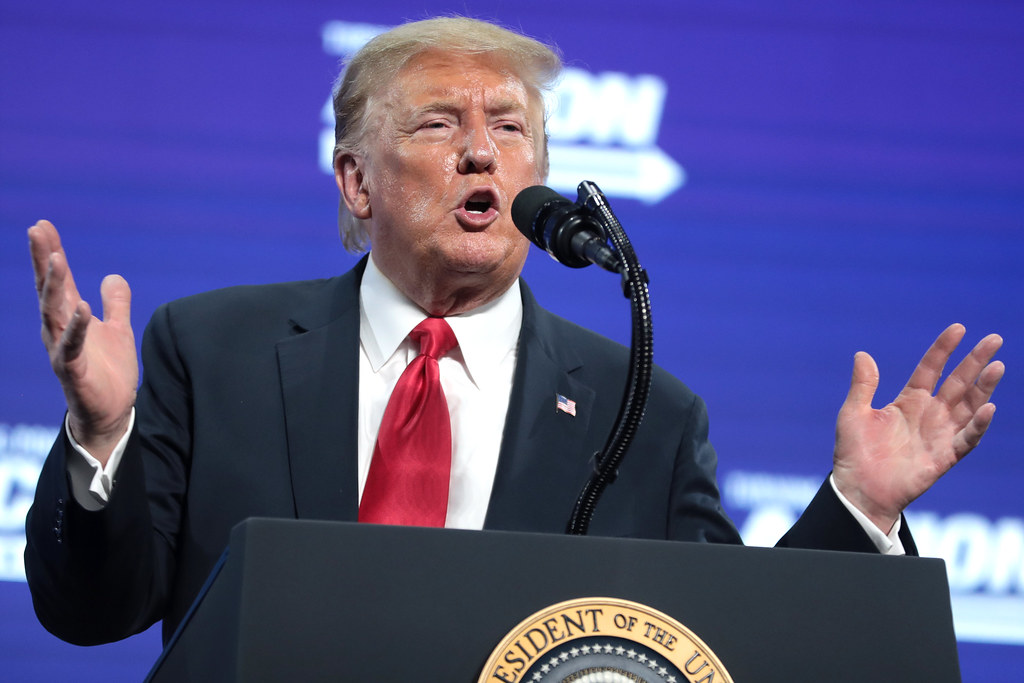
The Second Presidential Debate:
While the two candidates disagreed on every topic, the debate was a lot more restrained than the first debate. With Kristen Welker as the moderator, the debate went more smoothly due to the newly implemented rule of microphones being turned off while the other candidate is speaking.
"The first presidential debate was a dumpster fire." - Nicholas Seyfried, 11th
The biggest disagreement and topic of the debate was COVID-19. President Trump said that the virus was going away and promised a vaccine. Biden countered that Trump has no clear plan for the virus and the government is going to need to take more action for the winter ahead. Another crucial topic was foreign interference in the elections. While Biden brought up the 2016 elections, Trump brought up Biden’s son. Trump was more coherent and there were at least no explosive confrontations
The Presidential Town Halls:
Both NBC and ABC held town hall events for each separate candidate at 8:00 p.m. Eastern time. Many commentators have noted that the tone of each town hall was completely different. Mercedes Schlapp, a senior adviser for the Trump campaign, believes that Biden’s town hall was too mellow. She suggests that the moderator and the voters asked questions that were too soft.
The moderator of the Trump Town Hall, Savannah Guthrie, questioned the President on many topics including COVID-19, his views on white supremacists (which he did not clearly discuss in the last debate), the false QAnon conspiracy theory, and his taxes. President Trump once again promised a COVID-19 vaccine, while Biden said that more action needs to be taken and that the White House has not done enough. While some praised the moderator for pushing the hard issues, others believe that she was overly aggressive towards Trump. For the first time, Biden also promised to take a stand on whether Democrats should push to increase the Supreme Court if he wins.

“The vice-presidential debate was a lot better… they were both respectful towards each other.”
-Nicholas Seyfried

Pence vs. Harris Debate:
Around 57.9 million viewers watched the debate between Vice President Mike Pence and Senator Kamala Harris, which is the second-largest total ever for a vice-presidential debate. Because of the outbreak of COVID-19 in the White House, dividers were installed between Mr. Pence and Ms. Harris.
In the debate, Susan Page was the moderator. As the two battled it out on the topic of COVID-19, according to a CBS News tally, Mr. Pence interrupted Ms. Harris twice as often as Ms. Harris interrupted Mr. Pence. Ultimately, the two nearly got the same amount of speaking time. Although they battled it out on topics similar to the president’s debate (coronavirus and attacks on the opposing campaign ), the trending topic of the night was the fly that landed on Pence’s head.

